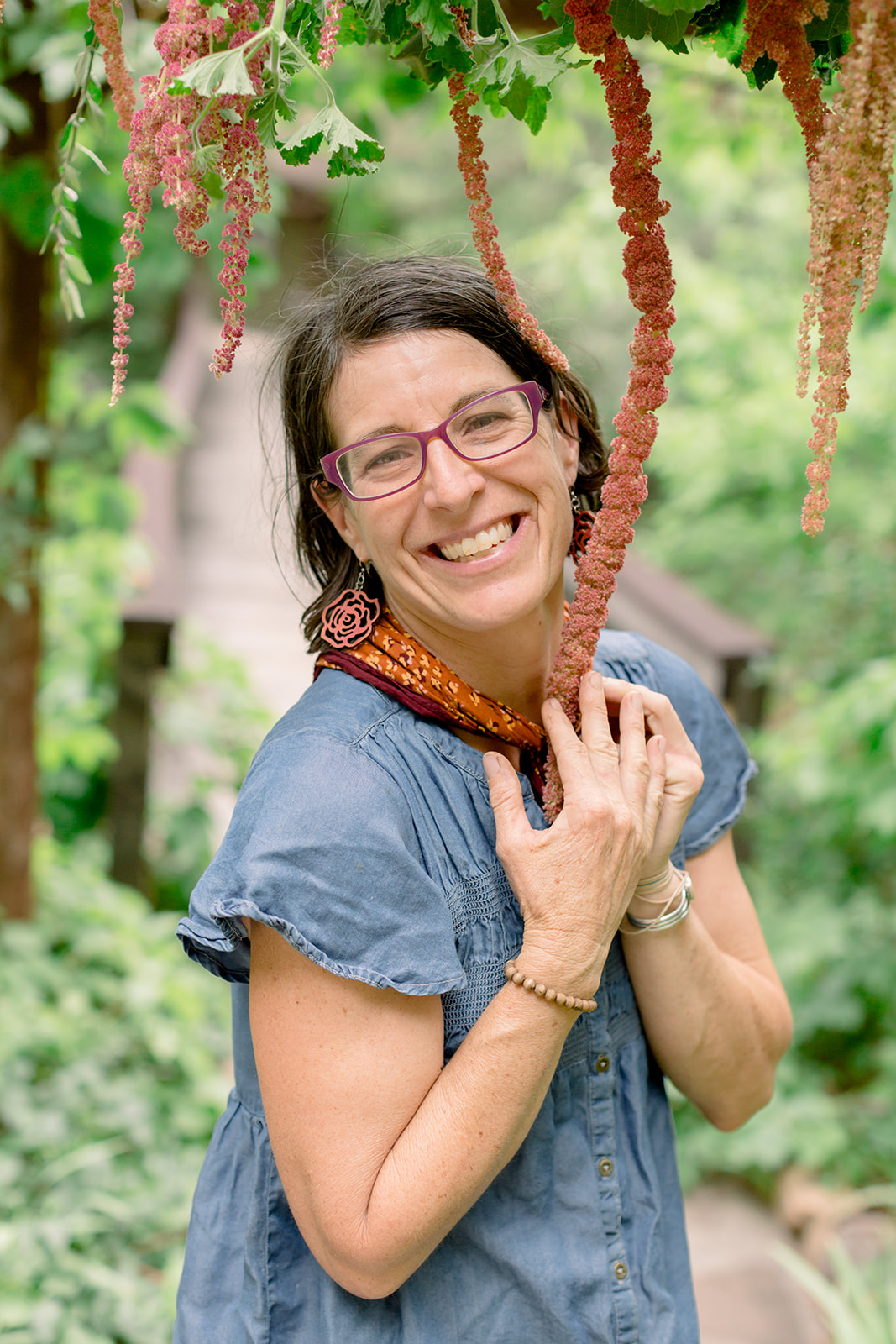Spring has finally arrived in Flagstaff, and as the heavy blanket of winter snow thaws I experience a sense of abundance. The Rio de Flag offers the rare and shimmering promise of water as it twists and turns through our neighborhood on its way to join Diablo Creek and the Little Colorado River as they flow into the mother Colorado. The water coaxes great blue herons and crowds of chattering red winged blackbirds to its edge. Hundreds of ducks and geese paddle about on its sparkling surface as a pair of bald eagles teach their young how to hunt from a nearby Ponderosa pine.
Having lived in Flagstaff through the last decade of drought, I am overwhelmed by the sight and sound of all this water and how it temporarily transforms our mountain home in the high desert. But the sense of abundance is fleeting. The Rio will be bone dry again and runoff that infuses our watershed will be followed by dry wind and heat while we await the burst of summer monsoon rainstorms.
I want to live here for a long time; maybe the rest of my life if I am lucky. But I wonder if this is possible after I read a recent Arizona Daily Sun article. It reports that our water supply is in serious decline and that we will run out of water in Flagstaff by 2050 if not sooner, especially if our population continues to grow at its current rate.
Yet at the same time, we catch wind that the city is secretly negotiating with the Department of Agriculture and regional tribes to sell 5 percent of our yearly potable water supply to the Arizona Snowbowl ski resort for artificial snowmaking. Flagstaff’s diminishing drinking water supply is now a bargaining chip in an attempt to quell a longstanding regional debate over what is appropriate recreational development for the San Francisco Peaks.
The city is overlooking the need to protect one the most important resources for the Flagstaff community, essentially mortgaging our future. Projects like Snowbowl’s expansion are sold as solutions to our economic crisis, while we remain blind to the fact that we essentially live in an arid environment.
In America we are consumers; we behave as if the Earth is a superstore where everything is in stock and on sale. The truth is we do not have an infinite supply of water; it is in fact a precious, finite resource and should not be traded irresponsibly.
Over Christmas I helped my sister in Tucson install a gray water system to divert the wastewater from her shower to a struggling orange tree. It was unbelievably simple, largely due to the help and expertise of volunteers from Watershed Management Group, a local nonprofit. Learning hands-on water conservation techniques from community members was empowering. Those oranges tasted sweeter knowing they grew from recycled water that would have otherwise gone to waste.
As citizens of this planet and this community we are at a serious crossroads. Today we still have choices. We can barrel full speed ahead, living outside of our ecological means, or we can sow the seeds to live by a different model where communities, citizens, local governments and tribes are equal partners in the creation of a green economy.
We are alive at a critical time. As citizens of this planet and of this unique community situated in the shadow of a mountain, we should ask more of our leadership. We can’t keep living as if our actions have no consequences.
Steward Udall, a Western leader who left a conservation legacy when he died recently at the age of 90, left these parting words for us, his grandchildren:
“Why am I so optimistic about your future? Because the world has had its fill of fear and is hungry for hope. Whether you are a person of faith who believes the Earth is the Lord’s and the fullness thereof, whether you are an individual who has had mystical experiences that link you to the network of eternity, or whether you are a fervent conservationist who wants to leave a legacy for your progeny, the earth needs your devotion and tender care.”

